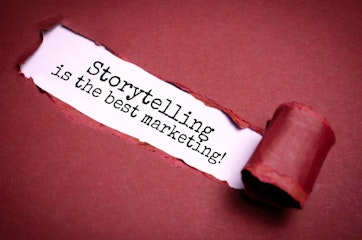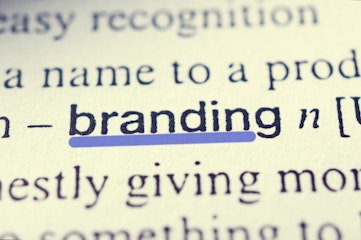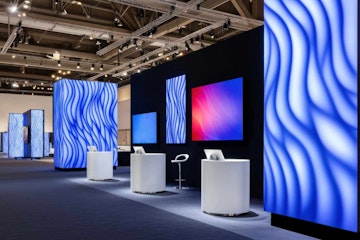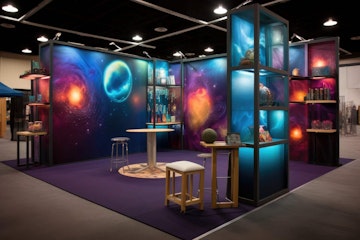At some point, every marketer faces the same question: should this campaign lead with logic or emotion?
The answer isn’t simple - because humans aren’t simple. We like to think we’re rational, calculating creatures who respond to reason. But research keeps proving otherwise. Emotional triggers drive everything from snap purchases to lifelong brand loyalty. And yet, in other contexts - particularly high-risk or high-investment decisions - facts matter more than feelings.
So how do you know which approach to take?
Let’s unpack both, not as opposites, but as tools. Because that’s what they are: mechanisms for persuasion, each with their own power - and their own pitfalls.
What Is Emotional Appeal in Advertising?
Emotional advertising bypasses logic entirely. It doesn’t try to convince you with features or specs. It makes you feel something: nostalgia, pride, fear, joy, belonging, envy, hope.
And it works. Think of iconic campaigns like Nike’s “Just Do It.” There’s no technical breakdown of trainers. No stats about ankle support or material durability. Just pure aspiration - achievement, self-belief, grit. That’s emotional appeal at its peak.
This kind of advertising tends to rely heavily on storytelling, imagery, and music. It uses tone and atmosphere more than literal content. And when done right, it sticks - not because the product is better, but because the feeling is stronger.
Not only does emotional advertising create memory hooks, but it also increases perceived value. A perfume ad dripping with sensuality and elegance can make a £20 bottle feel like it belongs in a luxury boutique. The product hasn’t changed. The emotional framing has.
But here’s where it gets tricky: emotions are volatile. What resonates with one audience might alienate another. And if the emotional tone feels forced, exaggerated, or manipulative? People disengage. Fast.
What Is Rational Appeal in Advertising?
Rational appeal goes in the opposite direction. It speaks to logic and practicality - what the product does, why it works, and how it benefits the buyer.
Here you’ll find stats, comparisons, evidence. Bullet points instead of background music.
A B2B software ad, for instance, might focus on time saved, ROI, or technical superiority. You’re not selling a dream. You’re proving a case.
And there’s strength in that. Rational advertising works best in high-involvement purchases - things like cars, appliances, financial services, or anything with long-term consequences. Customers in these scenarios want information. They don’t need to be charmed - they need to be convinced.
Not only is rational appeal reassuring, but it gives people a reason to justify their decision after the fact. Especially in business settings, where emotional spending can feel reckless or unprofessional.
Still, the risk here is dryness. Cold facts don’t inspire loyalty. A spec sheet won’t go viral. If your audience isn’t already close to a purchase decision, logic alone might not get them there.
Which Works Better - Emotional or Rational?

That depends on three things: your product, your audience, and your goal.
Low-stakes, impulsive buys? Emotional wins.
High-stakes, high-cost decisions? Rational makes more sense.
Split audiences with varied motivations? A blend of both tends to perform best.
Here’s the tension: people often decide emotionally, then justify it rationally. That’s why some of the most effective ads lead with feeling but back it up with facts.
Luxury brands mastered this long ago. You’ll see the dream first - then, in smaller print, the product specs. The emotional hook pulls you in. The rational layer helps you justify the spend.
And for physical retail or event setups - think trade shows, in-person marketing, exhibitions - the same principle applies. Not only do you need a visual that stops people in their tracks, but you also need a clear, logical display of why your product or service matters. That’s where tools like lightweight visual stands come in. They combine aesthetics with practicality: eye-catching enough to draw attention, light enough to transport, informative enough to do some heavy lifting.
You’re not choosing between emotion or logic. You’re layering them - each supporting the other.
So How Do You Choose the Right Strategy?
It’s not always a matter of either/or. But if you have to prioritise:
Start with your audience. Are they emotional spenders or analytical buyers? Do they want reassurance, or do they want inspiration?
Consider the buying journey. Are you introducing a new product - or closing a sale? Emotional appeal often works best at the top of the funnel; rational appeal, at the bottom.
Think about the context. A social media ad may need an emotional hook to stop the scroll. A product landing page may need rational depth to convert.
Don’t underestimate your brand identity. If your brand has always leaned on storytelling and feeling, suddenly shifting to facts might feel jarring.
Arguably, the best campaigns build a bridge between both - hook with heart, close with proof.
Closing Thoughts
Emotional appeal makes people care. Rational appeal makes them act. You need both - but not in equal measure, and not always at the same time.
The key is knowing when and how to use each. Make people feel something, but give them a reason to say yes. That’s the sweet spot - where creativity meets clarity, and ads actually work.








